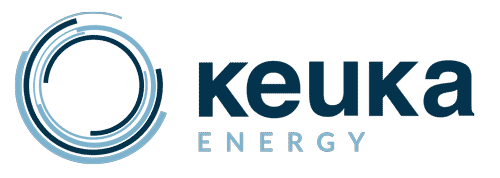The single biggest cost of producing liquid air is the electricity needed to power the electric motors doing the work. When wind machines supply the horsepower directly to the liquefaction equipment to drive the compressors and turbo-expanders, without the need for electricity, most of the costs of producing liquid air are eliminated.
Since rim-driven wind machines take power from the outer rim and not its central shaft, they require no gearbox. The U.S. DOE (U.S. Department of Energy) finds that the gearbox is 25% of the 30 year cost on conventional wind machines.
Taking energy from the rims lowest point also keeps a considerable amount of the weight down low. This lends to less stress being placed on the tower and a much lower O&M cost.
Additional costs are avoided by not needing large cranes to install or service the machines since the blade of the rim driven machine lowers to the ground when necessary.
Much higher speeds are achieved at the outer rim, and the machines have numerous shafts being driven simultaneously so that a combination of work can be achieved at the same time (E.g.: compressors, turbo-expanders, etc.).
The blades are made of marine grade aluminum, totally recyclable with over 100 years’ service life expectancy and cost less than 10% that of composite blades.
NREL (National Renewable Energy Lab) tests show the Rimdrive to be more powerful per square meter of blade swept area than existing three bladed machines, and the semi-open center produces less downstream turbulence.
The outer rim gives a flywheel effect that eliminates most wind gusting and turbulence problems and improves their scalability to multi-megawatt size. A 12.5MW machine is currently under construction in Florida.

